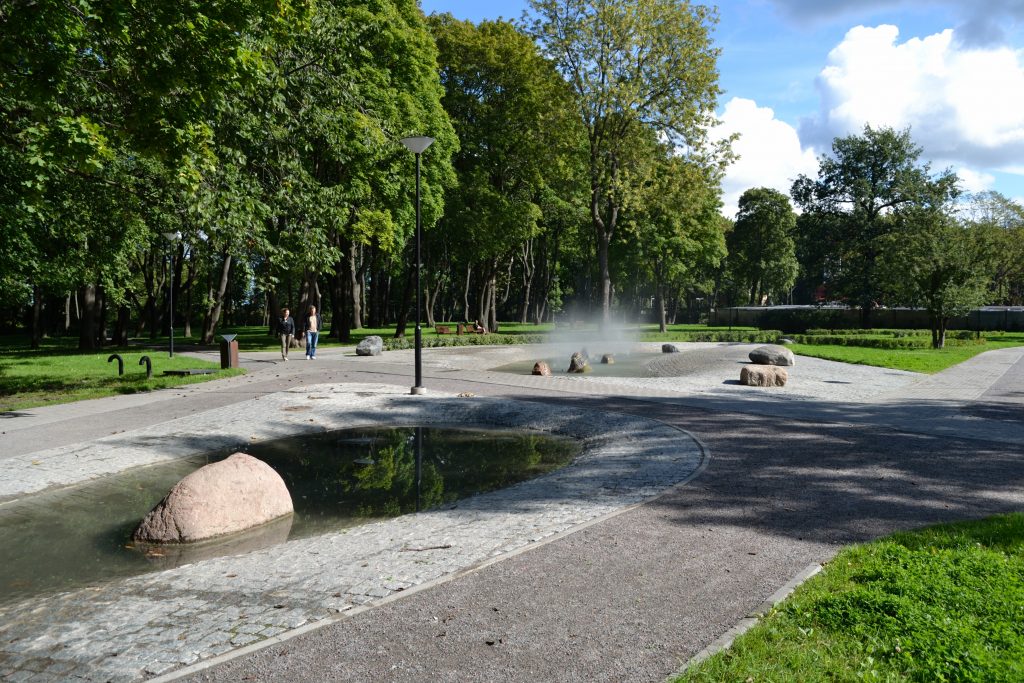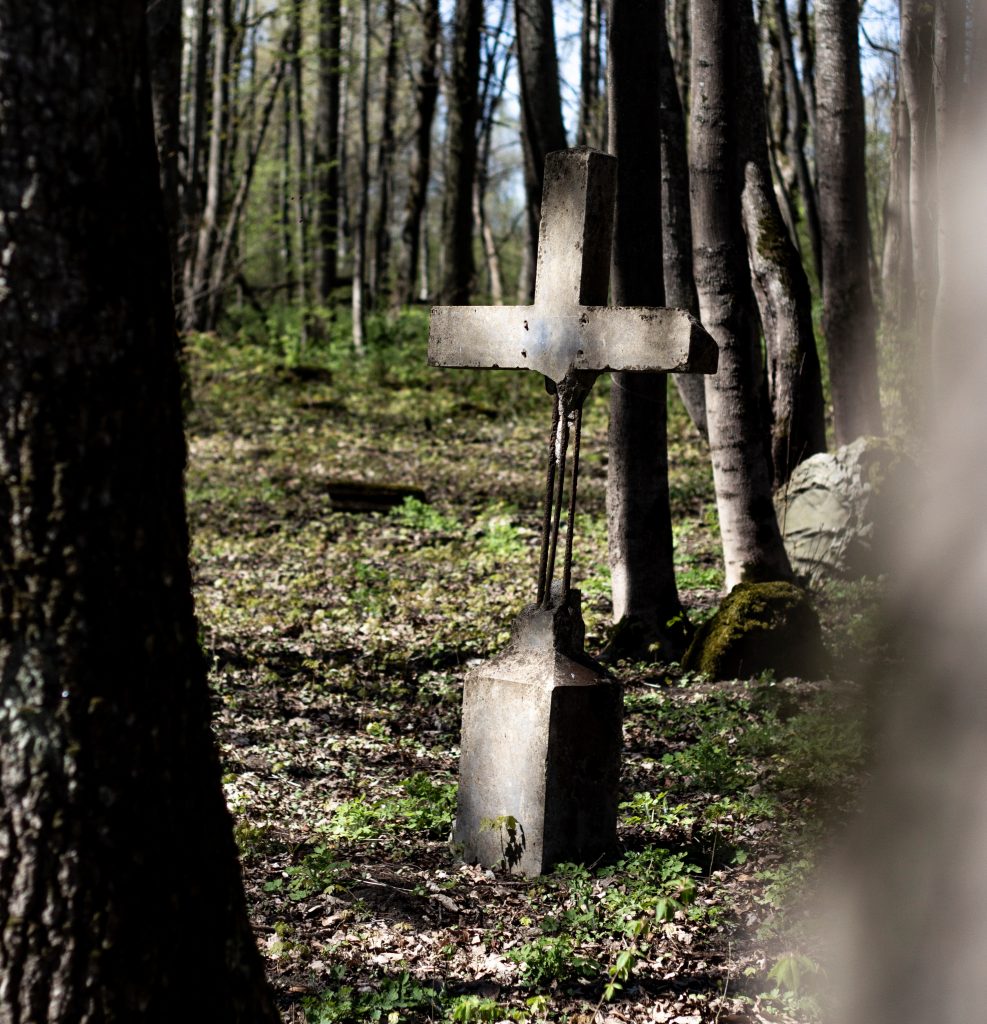Three cemeteries in Tallinn, the Estonian capital, are linked by a common fate – all of them were closed and destroyed by the Soviet authorities more than half a century ago.
Three cemeteries in Tallinn are linked by a common fate – Kopli kalmistu (“kalmistu” means cemetery in Estonian), Kalamaja kalmistu and Mõigu kalmistu. All of them were closed and destroyed by the Soviet authorities more than half a century ago. Still, when visiting these places, one can find the remnants of their past and get carried away by the soulful atmosphere of times no longer present.
Used by the Baltic German families as well Estonians and Swedes
The oldest one, in Kalamaja (a residential district near the Tallinn city centre, otherwise famous for its colourful wooden houses), was built at the turn of the 15th and 16th century and remained in use for more than 400 years. The other two were established by the order of the Russian empress, Catherine the Great, in the late 18th century. To protect the empire from possible spreading of contagious diseases, she prohibited burials within town boundaries – therefore, Kopli kalmistu was built beyond the northern border of the city and Mõigu kalmistu on the opposite side by Lake Ülemiste.

The opulent cemeteries in Kopli and Mõigu were used mainly for Baltic German families, the more respectable and wealthy citizens of Tallinn at the time, whereas the cemetery in Kalamaja was less stately and served for ethnic Estonians and Swedes.

At the outbreak of the Second World War in 1939, most Baltic Germans were transferred from Estonia to Western Poland, following the signing of the Molotov-Ribbentrop Pact between Nazi Germany and the Soviet Union and the subsequent Nazi-Soviet population transfers. This left the graveyards in Kopli and Mõigu with very few further burials.
In 1944, the Soviet authorities took charge of Tallinn along with its cemeteries. The Russian ones remained in operation, while others were closed – or in the case of these three, even destroyed, as if the plan was to erase the non-Russian past of Estonia. The partially abandoned Kopli kalmistu and Mõigu kalmistu were flattened first, and their deconstructed bits served as building material for ports and coastal walls. About a decade later, Kalamaja kalmistu suffered the same fate.

On the site of the Kopli cemetery, a beer pavilion with a dance floor was built instead. The area in Kalamaja was used for military purposes. The ruins in Mõigu were forsaken and soon became a wooded area.
The present state of the former cemeteries
Nowadays, their original purpose can be hard to guess at first sight. The former cemeteries in Kopli and Kalamaja have been turned into public parks. The visitors who are walking, cycling or jogging around, mostly don’t have a clue on how different these places used to be – and what dramatic changes the former cemeteries experienced throughout the past century. Yet, an observant eye would notice inconspicuous memorials to the buried Tallinners and a few remaining gravestones here and there.

In Kopli, there is a fountain, from which water falls into an imitation of an open grave, and at its bottom, there are sculptured human silhouettes, representing the souls of the dead. In Kalamaja, there is a preserved bell tower and five crosses erected in the centre of the park with a headstone saying, “in the memory of thousands who rest here”.

The former graveyard in Mõigu differs greatly, probably due to its location. It is left in a pitiful state and keeps merging with the forest. For those interested in its past, however, it offers way more to explore than the other two. Hidden in the fallen leaves and a thick undergrowth, there lie remnants of chapels, gravestones with readable names of Baltic German families, pieces of urns and other curiosities.
Cover: A few remaining gravestones in the former Mõigu cemetery. Photo by Juan P. Ortiz.

